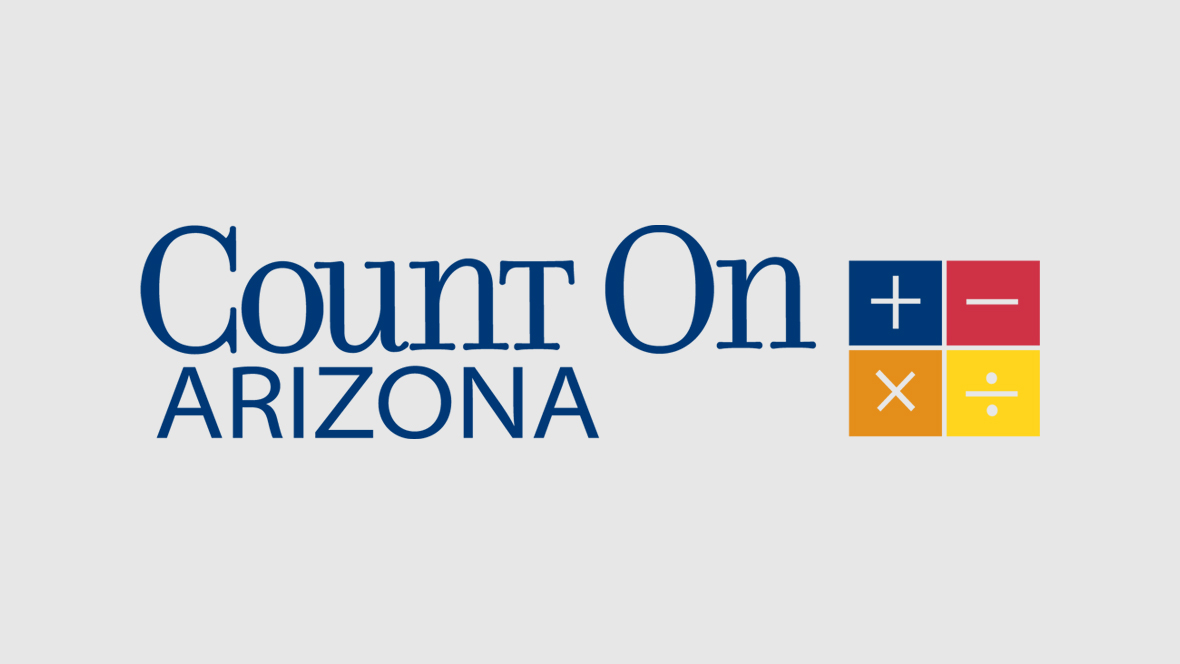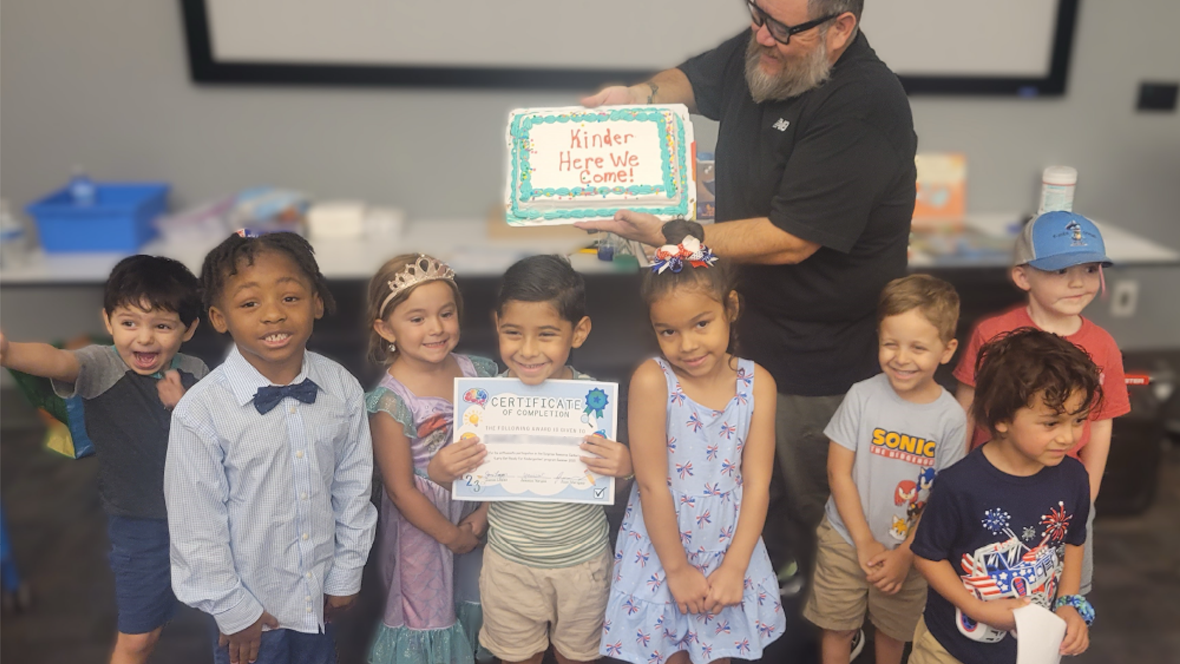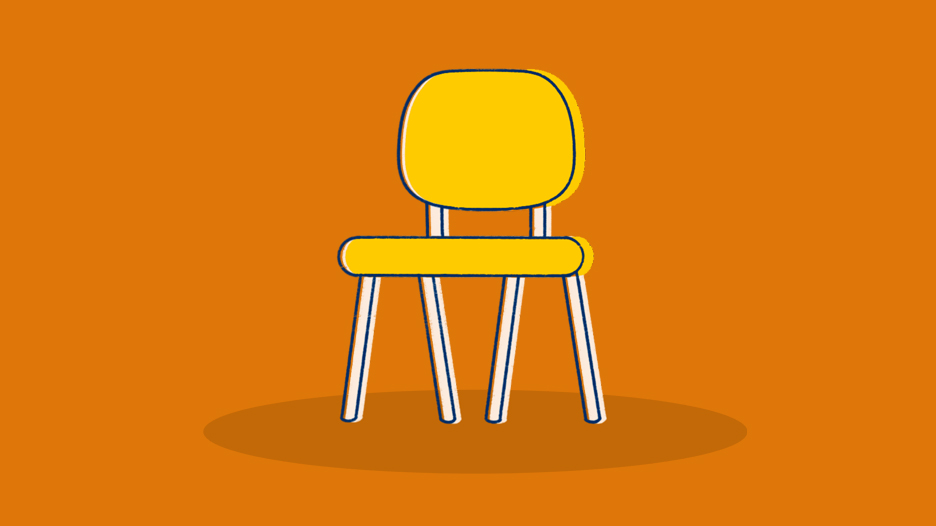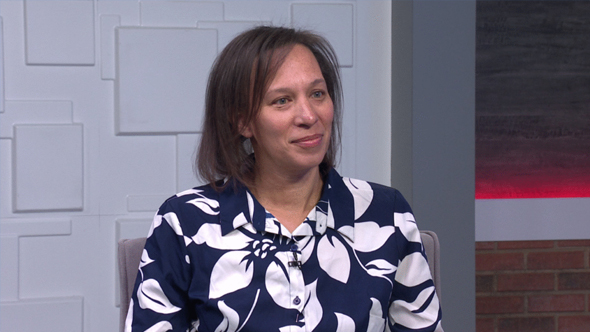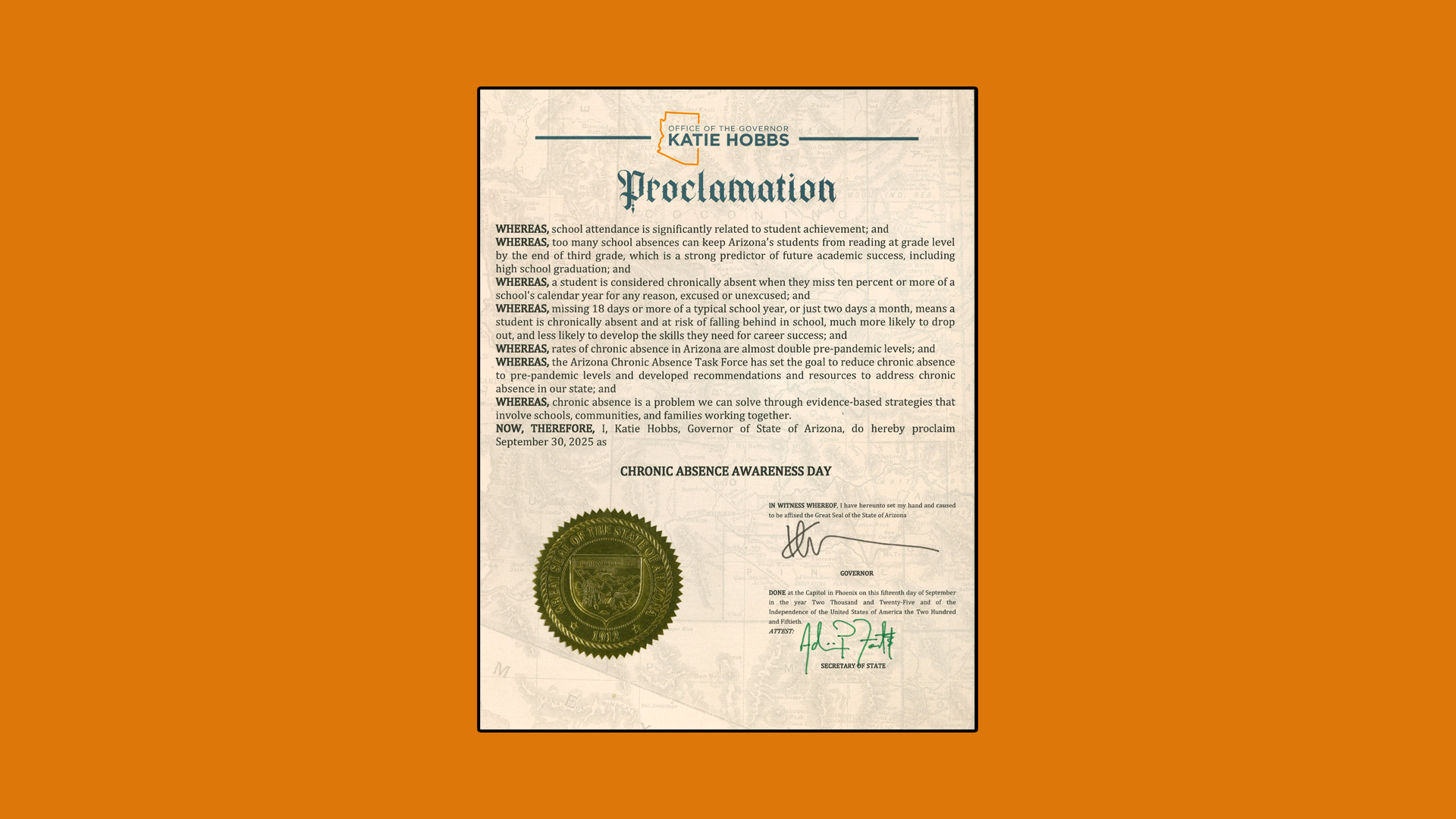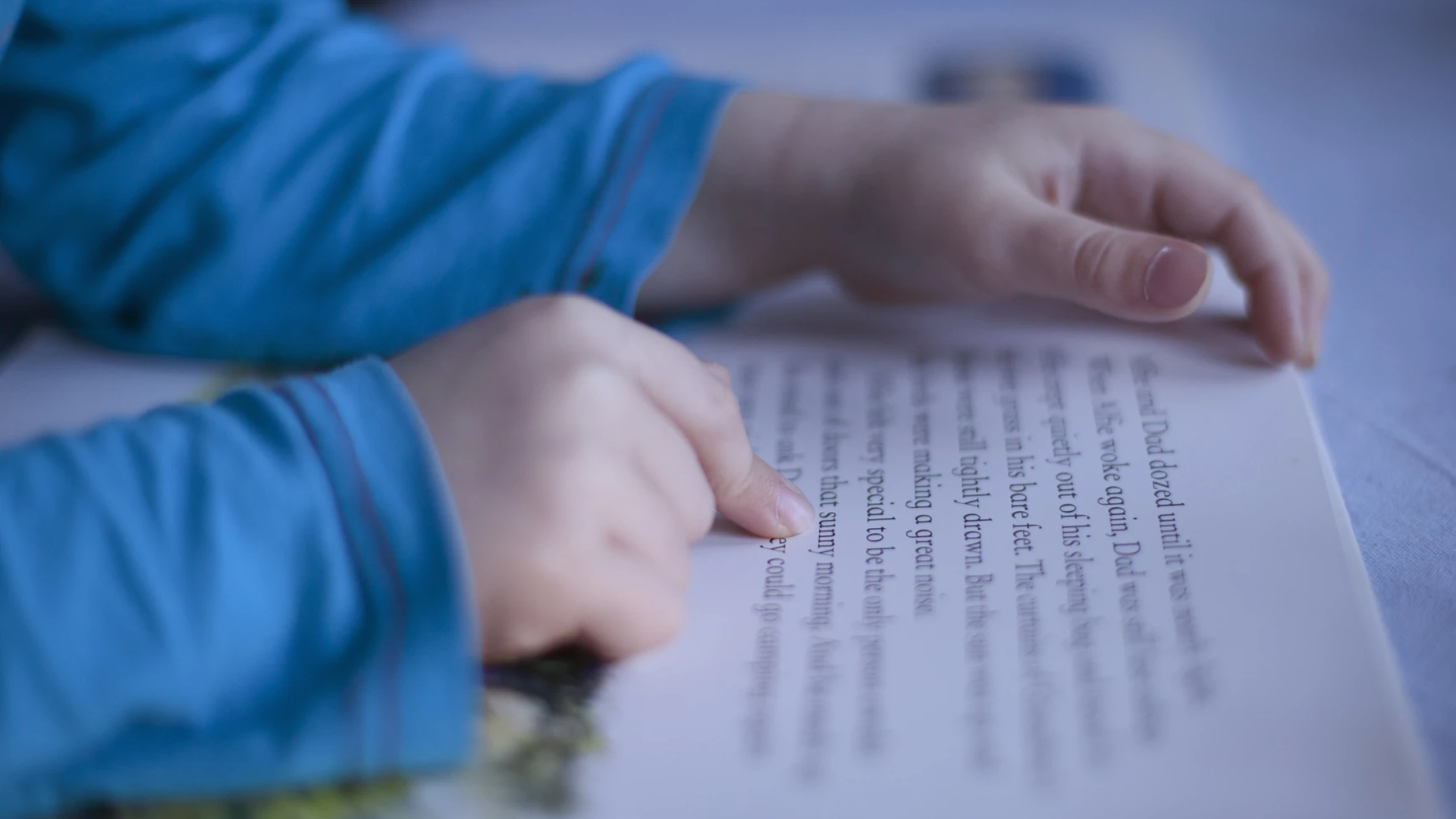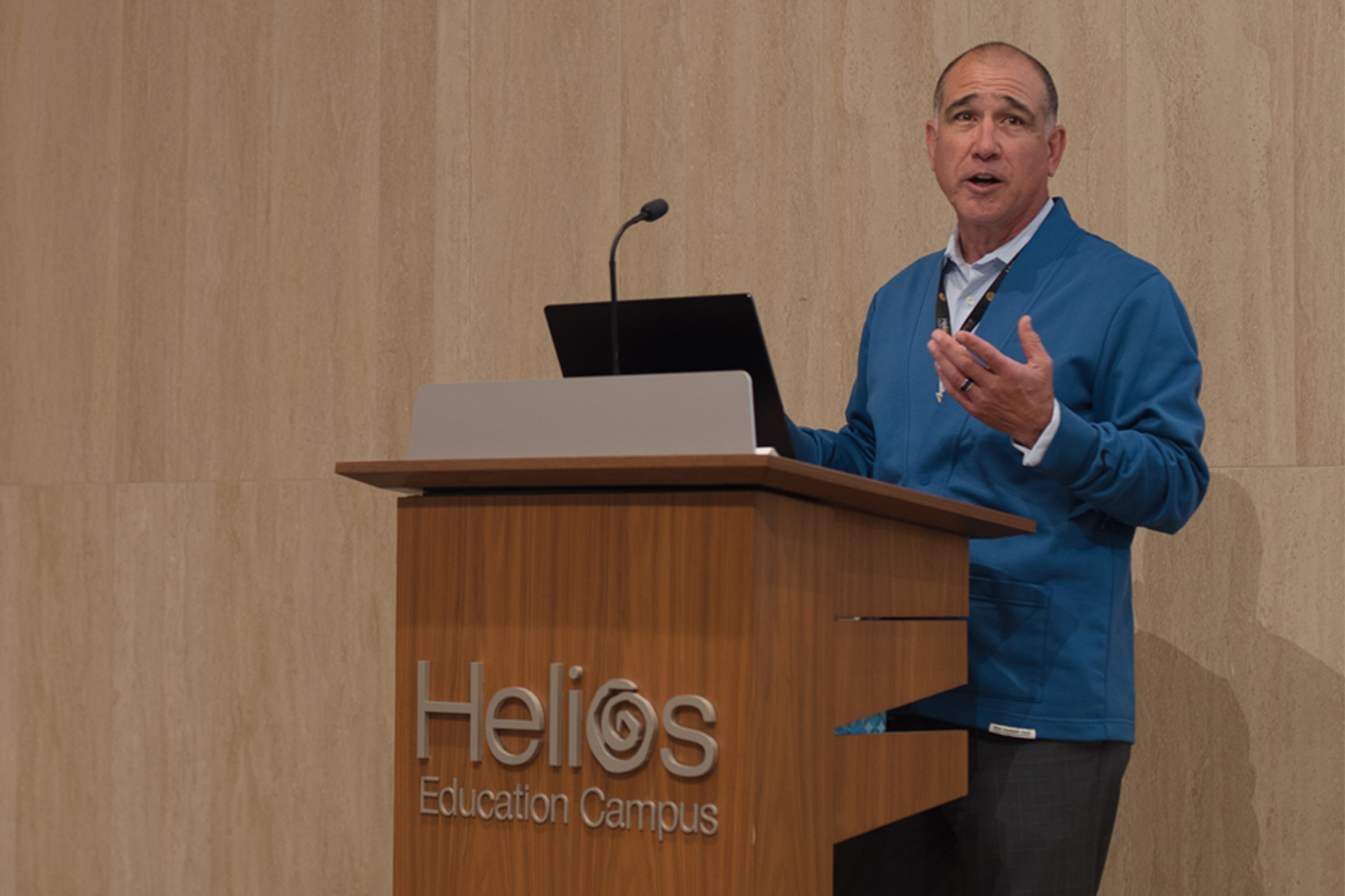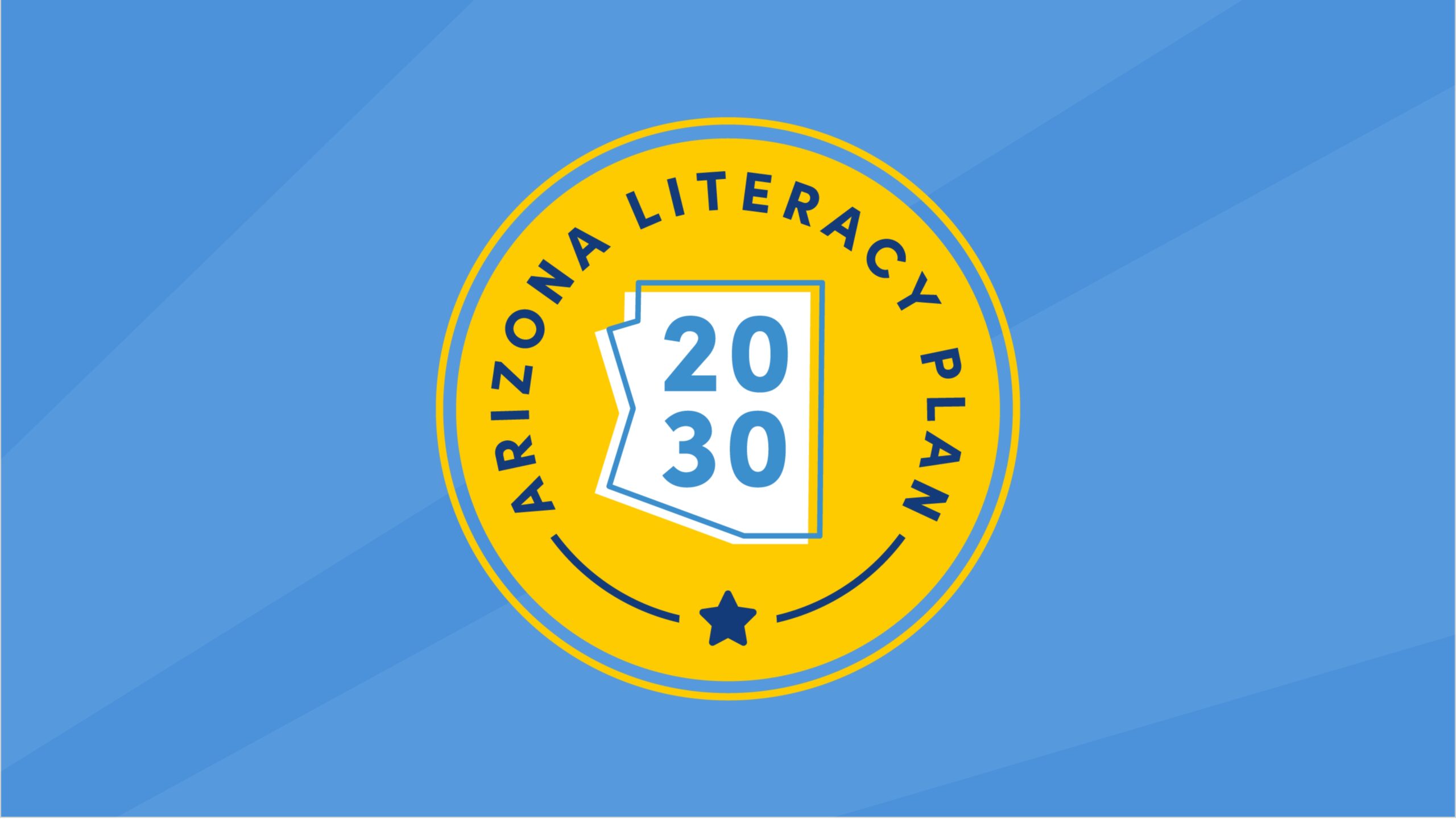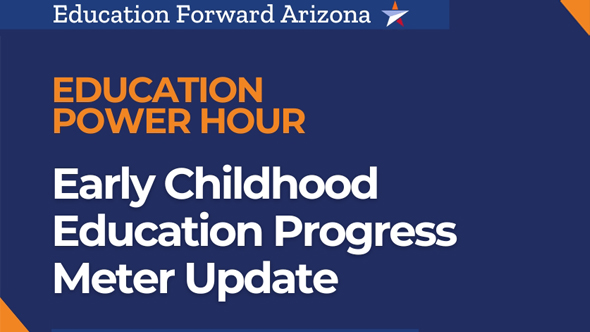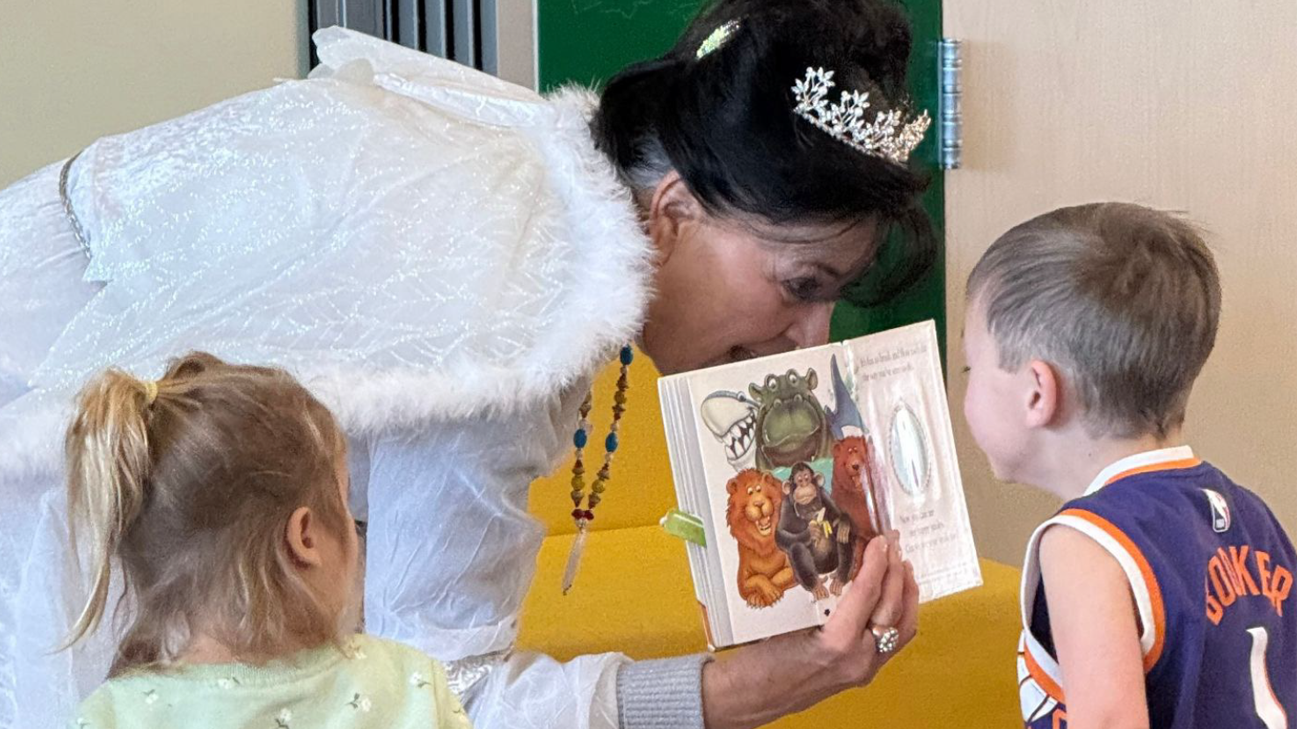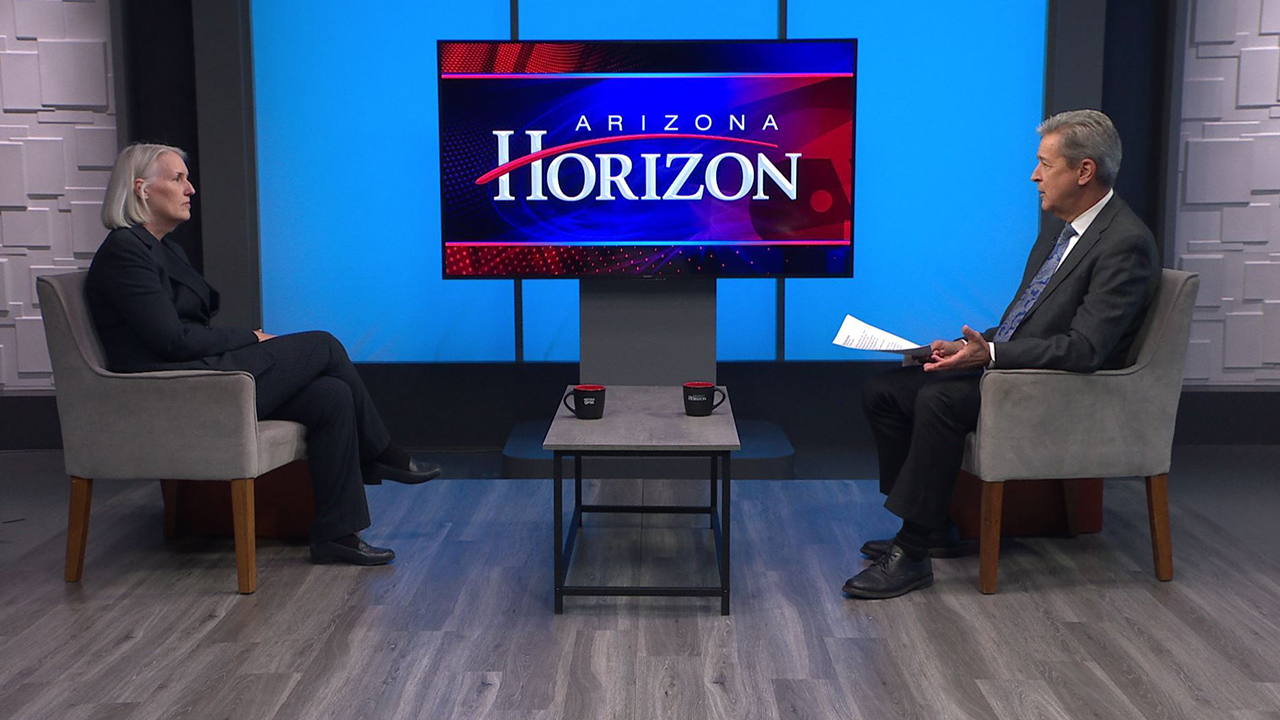July 21, 2015
Data
Arizona Republic | Mary Jo Pitzl | July 21, 2015
Arizona continues to rank near the bottom nationally in key indicators of child well-being, according to a report released today.
The good news is the percent of Arizona teens who say they abused drugs or alcohol has plummeted compared to other states, and Arizona has improved its national ranking for the share of kids ages 16-19 not going to school and not working, rising five places to 40th among the 50 states.
But the overall rankings in the annual Kids Count databook, compiled by the Annie E. Casey Foundation, show Arizona stuck at 46th nationally, the same spot it held in last year’s report.
Read the full report at aecf.org.
The low ranking is influenced heavily by poverty, with the state maintaining ranking 48th in the percentage of kids living in high-poverty areas as well as children without health insurance.
The report notes 12 percent of Arizona’s kids have no health insurance, compared to 7 percent nationally. Arizona is the only state without a Children’s Health Insurance Program, a federal program designed for kids whose families make too much to qualify for Medicaid and who do not have private insurance. The program requires states to match the federal dollars.
Pre-school is another area where Arizona ranks low, at 48th nationally. But the state Department of Education is distributing a $20 million federal grant to extend pre-school to 21 areas across the state.
The money should fund 57 programs for children from impoverished areas in Maricopa, Cochise, Pima, Santa Cruz and Yuma counties, said Terry Doolan, early-childhood education director at the Department of Education.
Most of the programs should be up and running in time for the start of the new school year next month, Doolan said. They will span the range of education options, from public district schools to charters, and from home-based programs to faith-based programs.
The Arizona Children’s Action Alliance is urging support for the program. Although designed to run for four years, a budget bill in Congress proposes cutting the funding to zero.
“This is a chance right in front of us to expand a most critical and basic opportunity for education that can lead to a stronger workforce and a stronger community down the road,” said Dana Wolfe Naimark, president and chief executive officer of the alliance.
Other national rankings for Arizona (the higher the number, the worse the performance):
• 48th for the percentage of children without health insurance. The report notes 12 percent of Arizona’s kids have no health insurance, compared to 7 percent nationally. Arizona is the only state without a Children’s Health Insurance Program, a federal program designed for kids whose families make too much to qualify for Medicaid and who do not have private insurance. The program requires states to match the federal dollars.
• 41st, for the percent of children living in poverty, defined as two adults and two children living on a household income of $21,834 in 2013. Arizona improved one notch from last year’s ranking of 42nd.
• 29th for children living in homes where no parent has a full-time, permanent job. The state moved up eight places.
• 39th, the percentage of high-school students not graduating on time, based on the 2011-12 school year. This rating held steady from last year.
• 35th, the share of kids living in single-parent families. Arizona was 40th in last year’s report.
• 41st in substandard reading proficiency of fourth graders. That ranking held steady.
• 12th in the percent of low birthweight babies. Arizona fares well nationally on this indicator, with only 6.9 percent of babies born in 2013 considered below desired birth weight, compared to 8 percent nationally.
Originally published by the Arizona Republic.
